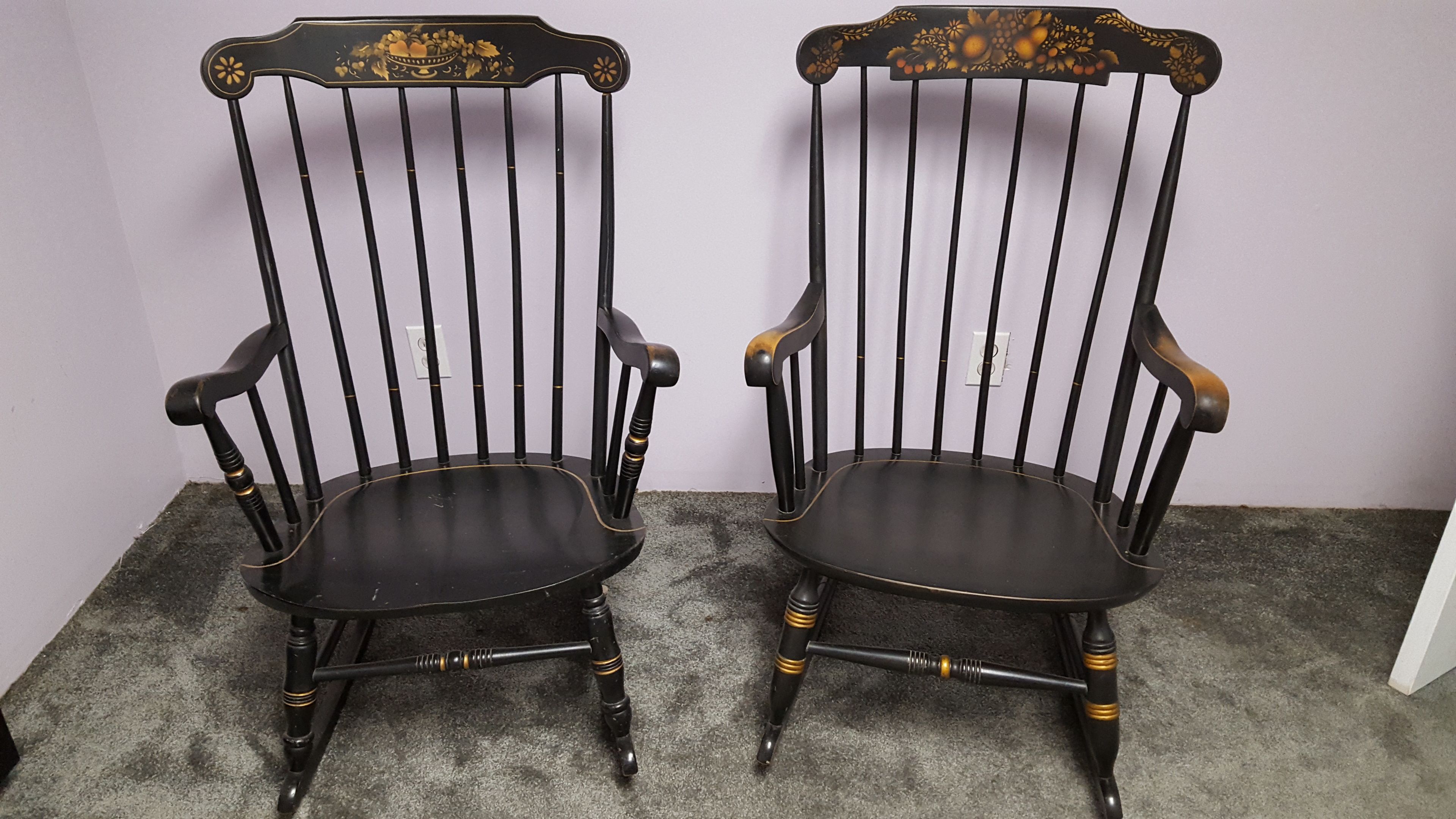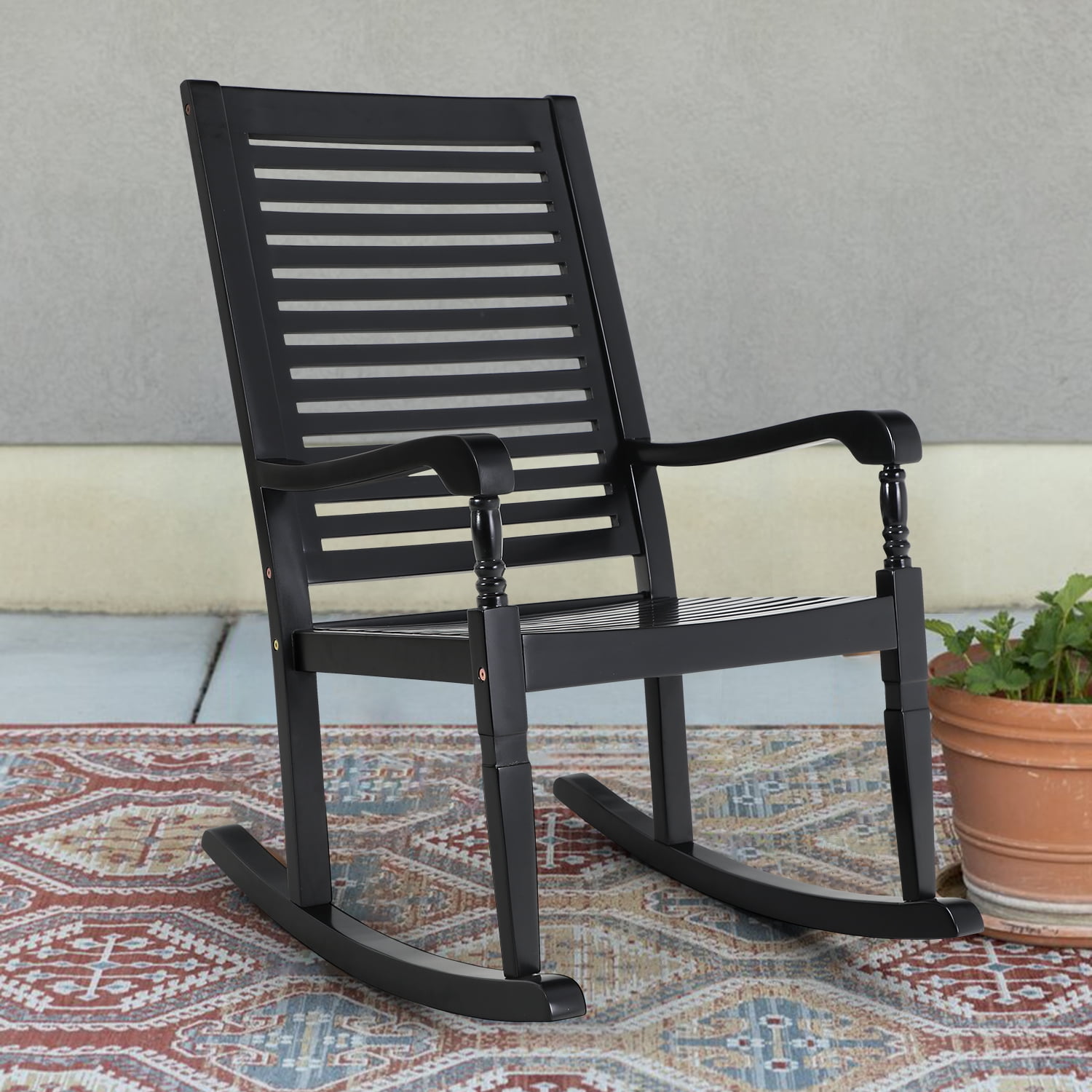History and Origins

Rocking chairs, with their gentle, rhythmic motion, have long been a staple in homes around the world, offering comfort and relaxation. The double rocker, a unique variation of this classic design, has its own fascinating history and evolution.
Origins of Rocking Chairs
The origins of rocking chairs can be traced back to the 18th century in the United States, where they were initially known as “wobbling chairs.” Early rocking chairs were typically crafted from wood and featured a simple, curved base that allowed for a rocking motion. The design was further refined over time, with the addition of armrests and padded seats for greater comfort.
The Development of the Double Rocker Design
The double rocker design emerged in the late 19th century, driven by a desire for greater stability and a smoother rocking motion. The addition of a second set of rockers, positioned at the back of the chair, significantly increased the chair’s stability and created a more balanced rocking experience. This design also allowed for a wider rocking arc, enhancing the overall comfort and relaxation offered by the chair.
Historical Significance and Cultural Context of Black Rocking Chairs
Black rocking chairs, particularly double rockers, hold significant historical and cultural value. They were often found in the homes of African Americans, serving as a symbol of resilience, comfort, and community. These chairs played a crucial role in family gatherings, storytelling sessions, and moments of quiet contemplation. Their enduring presence in African American households speaks to their importance in preserving cultural heritage and fostering a sense of belonging.
Notable Examples of Black Double Rocking Chairs
- The “Grandmother’s Chair”: A classic example of a black double rocker, often passed down through generations within African American families. This chair is typically crafted from sturdy wood, with a simple yet elegant design, featuring a high back and wide armrests for comfort.
- The “Porch Rocker”: A common sight on porches and verandas throughout the American South, the porch rocker embodies a sense of leisure and relaxation. Black double rockers were often used on porches as a place to gather with friends and neighbors, creating a welcoming atmosphere for conversation and community building.
- The “Church Rocker”: Black double rockers were also frequently found in African American churches, serving as a symbol of faith and community. These chairs provided a comfortable and dignified space for worship and reflection.
Design and Construction

The design of a black double rocking chair is a testament to both functionality and aesthetic appeal. Its construction involves careful consideration of materials, shape, and construction techniques, all aimed at creating a comfortable and durable piece of furniture.
Wood Selection, Black double rocking chair
The choice of wood is crucial for the durability and longevity of a black double rocking chair. Various types of wood are used, each possessing unique characteristics that influence the chair’s appearance, strength, and cost.
- Oak: Renowned for its strength, durability, and rich grain patterns, oak is a popular choice for rocking chairs. Its resistance to scratches and dents makes it ideal for high-traffic areas.
- Maple: Maple wood is known for its hardness and smooth, even grain. It is often used for rocking chairs due to its ability to hold intricate carvings and its resistance to warping.
- Cherry: Cherry wood is prized for its beautiful reddish-brown color and fine grain. It is a relatively soft wood, making it easier to work with, but it may be more susceptible to scratches and dents.
- Walnut: Walnut wood is characterized by its rich, dark brown color and distinctive grain patterns. Its strength and durability make it a suitable choice for rocking chairs, while its attractive appearance adds a touch of elegance.
Construction Techniques
The construction techniques employed in crafting a black double rocking chair play a significant role in its stability and longevity. Skilled artisans use a combination of traditional woodworking techniques and modern tools to create a robust and aesthetically pleasing piece of furniture.
“The process of crafting a rocking chair is a labor of love, requiring meticulous attention to detail and a deep understanding of wood properties.”
- Mortise and Tenon Joints: These traditional joints, where a tenon (projection) is fitted into a mortise (hole), are renowned for their strength and durability. They are commonly used in rocking chair construction to join the legs, arms, and back supports.
- Dovetail Joints: Dovetail joints, characterized by their interlocking shape, provide exceptional strength and stability. They are often used to join the seat to the frame, ensuring that the chair can withstand years of use.
- Gluing and Fastening: Wood glue is used to bond the various components of the chair, while screws, dowels, and other fasteners provide additional strength and stability. The quality of the glue and fasteners is essential for the chair’s overall durability.
Styles and Variations: Black Double Rocking Chair

Black double rocking chairs, while sharing the commonality of being black and designed for two, encompass a diverse range of styles that reflect different historical periods, design philosophies, and regional influences. Understanding these variations allows for a deeper appreciation of the rich history and craftsmanship behind these iconic pieces.
Popular Styles and Their Variations
The following table showcases some of the most popular styles of black double rocking chairs, highlighting their defining characteristics, origins, and notable examples:
| Style | Characteristics | Origin | Notable Examples |
|---|---|---|---|
| Colonial | Simple, sturdy construction with straight, high backs and wide seats. Often made from oak or maple with a natural finish. | 18th and 19th centuries, Colonial America | The Windsor rocking chair, with its distinctive turned spindles and shaped back, is a prime example. |
| Victorian | Elaborate designs with intricate carvings, curved backs, and padded seats. Often made from mahogany or walnut with a dark, polished finish. | 19th century, Victorian Era | The “Sleigh” rocking chair, with its sweeping curves and elegant design, epitomizes Victorian style. |
| Mission | Simple, geometric designs with clean lines and minimal ornamentation. Often made from oak or pine with a natural or stained finish. | Early 20th century, Arts and Crafts Movement | The “Stickley” rocking chair, with its sturdy construction and straightforward design, is a classic example of Mission style. |
| Modern | Sleek, minimalist designs with a focus on functionality and comfort. Often made from metal, plastic, or wood with a contemporary finish. | Mid-20th century to present | The Eames rocking chair, with its iconic shell design and molded plywood construction, is a prime example of modern rocking chair design. |
Yo, a black double rocking chair is like the ultimate chill zone, right? You can totally kick back and relax, but have you ever heard of the mississippi rocking chair position ? It’s this crazy thing where you basically sit sideways in the chair, like you’re about to take off on a wild ride.
But anyway, back to the black double rocking chair, it’s just the best for a good ol’ fashioned hangout sesh.
Yo, my grandma’s got this sweet black double rocking chair that’s totally vintage, but the fabric is kinda beat up. I was thinking of giving it a makeover, and I found this awesome guide on reupholstering rocking chairs yourself.
I bet I could make that chair look totally fire again, and it would be a sick addition to my room.
